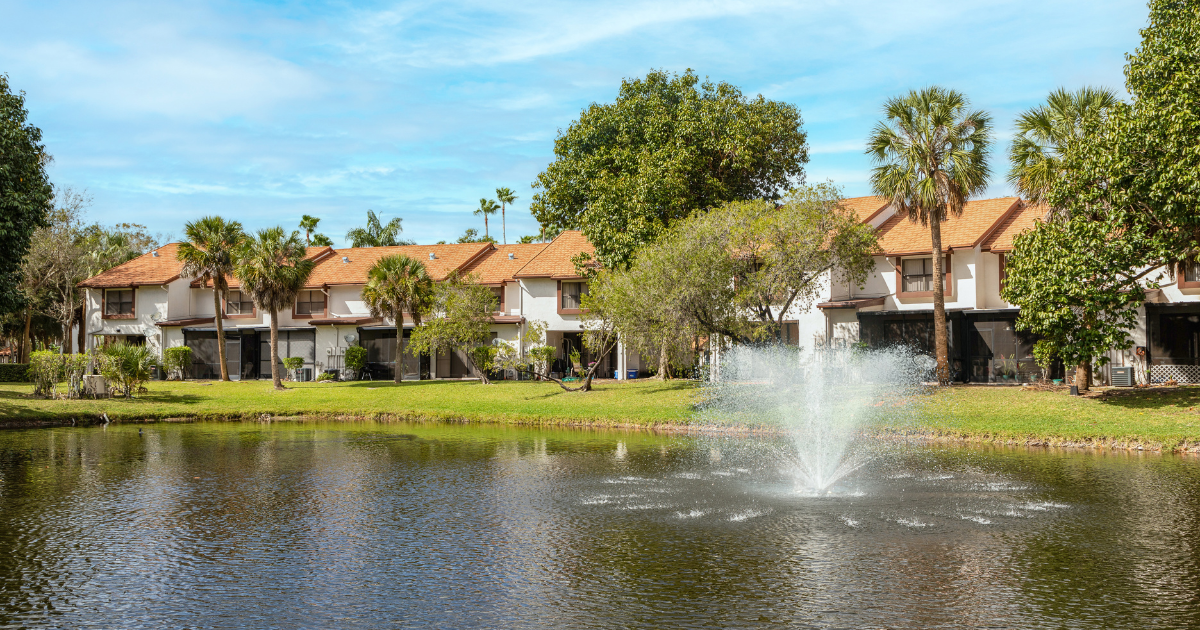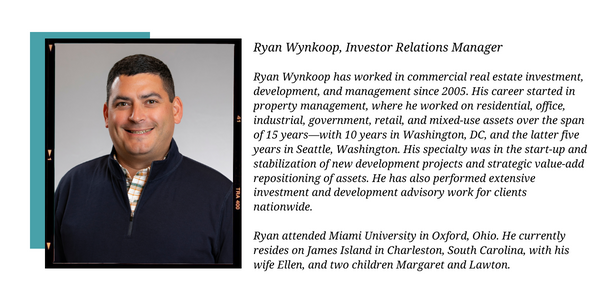June 21, 2023
By: Ryan Wynkoop, Investor Relations Manager
Many real estate subtypes in the market require their own approach to ownership and investment. Differences also exist in the returns they respectively generate. Here, we want to take a minute to outline a number of these for our readers and the reasons our strategy to market revolves around Value-Add and Core+ multifamily real estate.
This list is not exhaustive, but it encompasses several real estate subtypes. They differ in terms of asset location, risk tolerance, and overall return generation.
- Core
- Core+
- Value-Add
- Opportunistic
- New Construction Development
Strength of Location
Generally, working from the top down in the list above, real estate asset types often decrease in regard to their strength of location. For instance, Core properties are located in the center of urban city cores. Core+ properties are on the outskirts of those city cores—they are, perhaps, in emerging market locations, but they are very strong in their own regard. On the opposite end of the spectrum are Opportunistic properties, which are often aged or blighted and located in areas ripe for reinvestment and major overhauls. New Construction Development properties are often part of an expansion of the city core into newly emerging and developing areas. Value-Add properties tend to be located between Core and Opportunistic areas in locations that have opportunities for improvement, but the market supports a selective improvement, repositioning the asset.
Risk Tolerance
Risk tolerance increases as well in the property type investment profile as you move down the asset classes. Core properties tend to hold their value the most through volatility in the overall real estate market. This tendency is driven by the properties’ premium location and more high–end tenant mix. Core+ properties are in strong submarkets surrounding Core areas. By comparison, Opportunistic and New Construction Development properties require major investment and transitions until they are stabilized and generating the projected returns. They can also be located in newly emerging areas that have not fully met their potential full value. These properties have more risk exposure to the value of the real estate because of repositioning and the transitional nature of the surrounding submarket. Value-Add properties tend to be in the middle of Core and Opportunistic/New Construction Development locations—often in Core+ submarkets—making them suitable to a medium risk approach.
Return Generation
Returns can also vary widely, depending on the asset class. Core properties tend to have a very stable value but modest returns. The opportunity to push higher values and returns in Core areas tends to have a limited upside, but the locations bring tremendous stability. Rents in Core areas are fairly consistent and do not move quickly—up or down. Core+ properties can generate slightly greater returns than Core locations, with comparable strength of submarket attributes. By comparison, Opportunistic properties may be distressed or aged, requiring major capital infusions to turn them around and help them make a transition. New Construction Development properties also require a tremendous capital infusion to help them get through development and stabilize. However, both Opportunistic and New Construction Development can generate significantly larger returns in the end due to substantial value creation. Through major construction overhauls and the development of new properties, significant value is created in rents and can be achieved after the improvement process. Value-Add properties also tend to have a strong return generation because they are transitioned to a higher valuation. This return generation is created because the improvements drive higher income in rents and a higher valuation after improvement.
Ashcroft Capital’s Strategy
Ashcroft Capital focuses on what we consider the “sweet spot” of property types when they are measured against investment risk tolerance. We target Core+ property locations, which we consider strong and established submarkets where values are on an upward swing. These are often infill property locations that are typically around 20 years old. We also target properties ripe for a Value-Add approach: properties that could use some selective infusion of capital to generate additional return. These properties are not aged and blighted real estate needing major overhauls like Opportunistic properties are, nor do they require the up–front capital needed to develop New Construction Development properties before an income stream is generated. The combination of these Core+ and Value-Add strategies to market makes up our business plan, which generates a fantastic return for our investors while offering a much more calculated and reduced risk compared with other asset types.
To learn more about investing in multifamily apartments or for IRR and cash-on-cash projections, visit https://info.ashcroftcapital.com/fund or schedule a call with our Investor Relations Team at investorrelations@ashcroftcapital.com.



